1. Pet Rocks
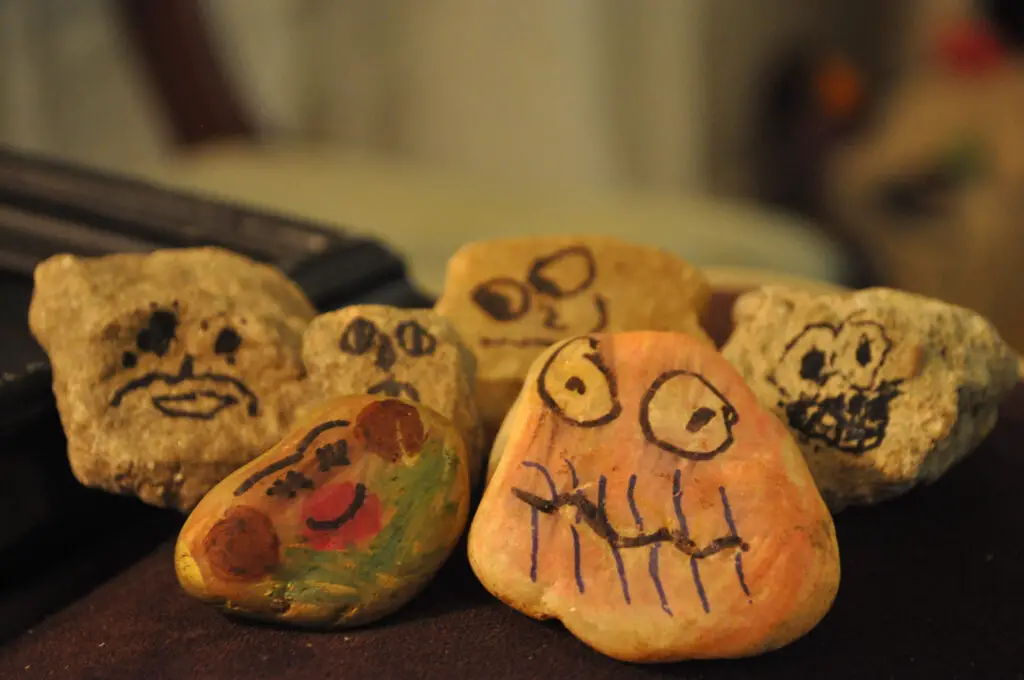
Believe it or not, people in the ’70s actually spent money on rocks—yes, plain old rocks. The Pet Rock craze took off in 1975 when an advertising executive named Gary Dahl turned an ordinary stone into the ultimate low-maintenance pet. It came in a little box with breathing holes and even had a care manual filled with tongue-in-cheek instructions. The joke took on a life of its own, and suddenly, millions of people were buying these “pets” that required no feeding, walking, or training. The phenomenon was short-lived, but for a brief moment, people proudly showed off their pet rocks as if they were the next best thing says ABC News.
Looking back, it’s hard to believe anyone actually spent money on something they could grab from their backyard. But that’s the magic of the ’70s—sometimes, a ridiculous idea became a full-fledged movement. The Pet Rock was more about the humor than the actual product, which is probably why people fell for it. These days, it’s just another relic of a time when novelty gifts ruled the world.
2. Mood Rings
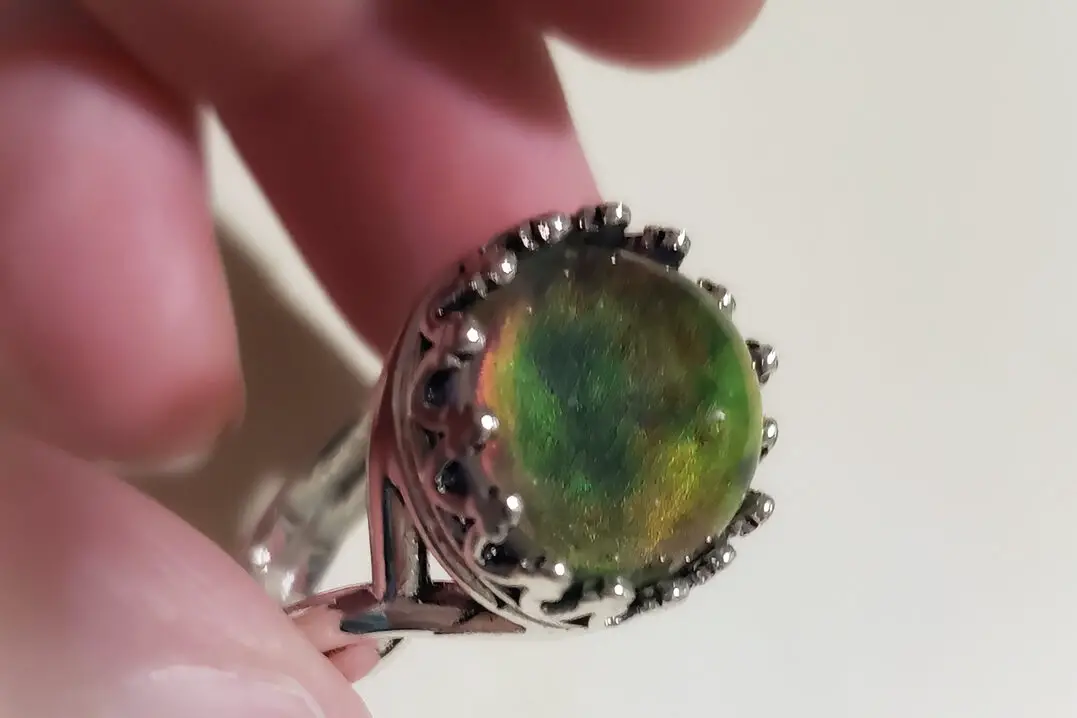
Mood rings promised to reveal your emotions just by changing colors, and people absolutely ate it up. Introduced in 1975, these rings contained liquid crystals that responded to temperature changes, supposedly reflecting your current mood. Blue meant you were calm, green meant normal, and black supposedly meant you were either stressed or dead inside. It was a fun idea, but let’s be honest—mood rings were about as accurate as a Magic 8-Ball. That didn’t stop people from obsessively checking their rings and acting like they’d just unlocked the secrets of their own personality shares Medium.
The whole thing was based more on body temperature than actual emotions, which made it pretty unreliable. If you were holding a hot drink, your ring might turn bright blue, making you think you were feeling Zen when you were actually just drinking coffee. Somehow, though, people treated these rings like personal fortune tellers. It’s safe to say mood rings have been replaced by things like, well, actually talking about our feelings.
3. Streaking
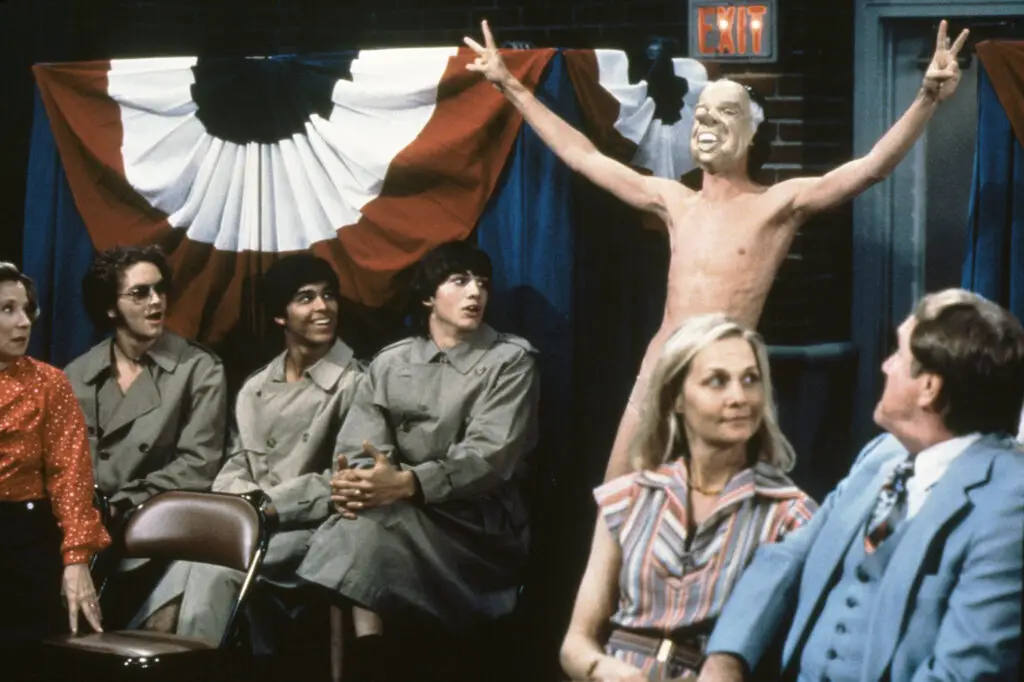
The ’70s had its fair share of weird trends, but nothing quite compares to the bizarre phenomenon of streaking. For some reason, people suddenly found it hilarious to strip down and run naked through public places, usually at sporting events or college campuses. It became such a big deal that it even got its own hit song, “The Streak” by Ray Stevens. You couldn’t turn on the news without seeing another daring soul sprinting across a football field in nothing but a grin explains AmericanHeritage.com.
Of course, the novelty wore off pretty fast, especially once security started cracking down. What started as a goofy counterculture prank quickly became an easy way to get arrested for public indecency. Nowadays, streaking is mostly seen as a relic of a time when people just didn’t seem to care about consequences. Or maybe they just didn’t have as many ways to get attention back then.
4. Waterbeds
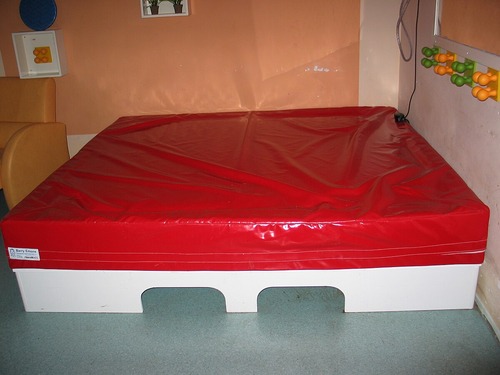
Back in the ’70s, having a waterbed was considered the ultimate in luxury and coolness. The idea of sleeping on a wavy, sloshy surface seemed futuristic, and advertisements promised it would provide the best night’s sleep imaginable. People even believed it had health benefits, like reducing back pain and improving circulation. In reality, though, waterbeds were more of a hassle than anything else. They were heavy, hard to move, and prone to leaks—one wrong move with a sharp object, and suddenly, your bedroom was a disaster zone.
Despite their popularity, waterbeds never really lived up to the hype. Sure, they were fun for a while, but most people eventually realized that a regular mattress was far less of a headache. By the time the ’80s rolled around, waterbeds had started to disappear from homes. These days, they mostly live on as a punchline about how impractical the ’70s could be.
5. CB Radios

Before cell phones and the internet, CB radios were the hottest way to communicate on the go. Truckers had been using them for years, but in the ’70s, everyday people got in on the trend too. Suddenly, everyone had a CB radio in their car, complete with a cool “handle” (aka nickname) for chatting with strangers. There was even CB radio slang, with terms like “breaker, breaker” and “10-4, good buddy” becoming part of everyday conversation. It was all very exciting until people realized that talking to random drivers wasn’t all that thrilling.
For a while, CB radios made people feel like they were part of a secret club. But once the novelty wore off, they became just another outdated gadget. Today, it’s hard to imagine why anyone would need one when we have smartphones. But for a brief moment, CB radios made the world feel a little more connected, even if most conversations were just people pretending to be truckers.
6. Macramé Everything
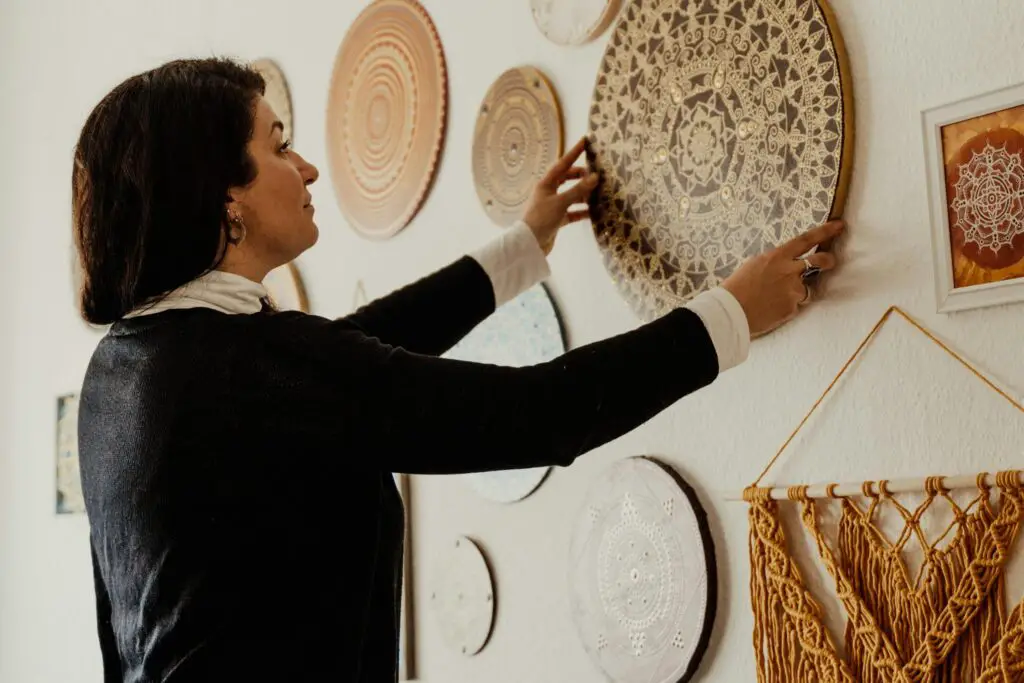
For some reason, the ’70s saw an explosion of macramé, and it wasn’t just limited to crafts. People were making macramé wall hangings, plant holders, curtains, and even clothing. If you walked into someone’s house back then, chances were high you’d see at least one macramé creation proudly on display. It was the ultimate DIY trend, and people spent hours knotting rope into elaborate designs. It seemed like a good idea at the time, but looking back, macramé kind of just made everything look tangled.
While some aspects of macramé have made a comeback, it’s hard to understand why it was once such a massive obsession. Maybe it was just an easy way to feel creative without actually having to learn how to sew or knit. These days, macramé is mostly seen in bohemian-style décor, but thankfully, we’ve moved past the days of covering entire homes in knotted rope. It’s a reminder that not all DIY trends stand the test of time.
7. Platform Shoes
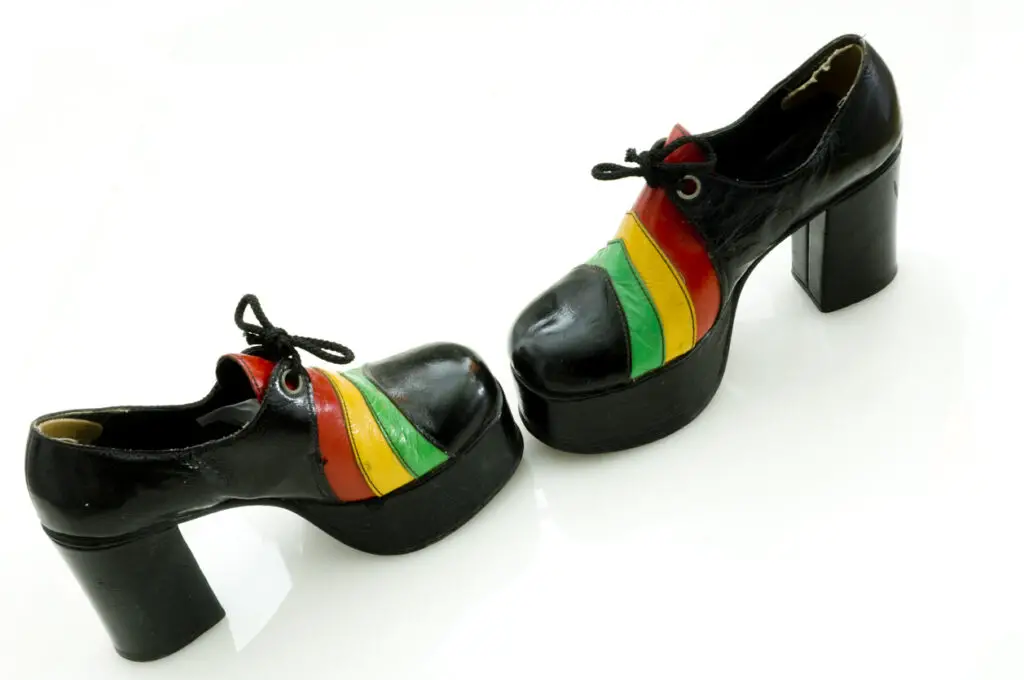
If you were alive in the ’70s, you probably remember how ridiculously high platform shoes got. These weren’t just your average heels—some of them added several inches, turning everyday walking into a balancing act. Disco stars and rock musicians made them popular, and suddenly, everyone wanted to strut around in shoes that looked more like stilts. They were flashy, fun, and completely impractical, but that didn’t stop people from wearing them to the club or even just to the grocery store.
Of course, the higher the platform, the bigger the risk of falling. Plenty of people learned the hard way that towering shoes and uneven sidewalks don’t mix. While platforms have made comebacks in various forms, the extreme versions of the ’70s feel more like a fashion dare than something people actually enjoyed wearing. But hey, at least they made everyone a little taller.
8. Earth Shoes
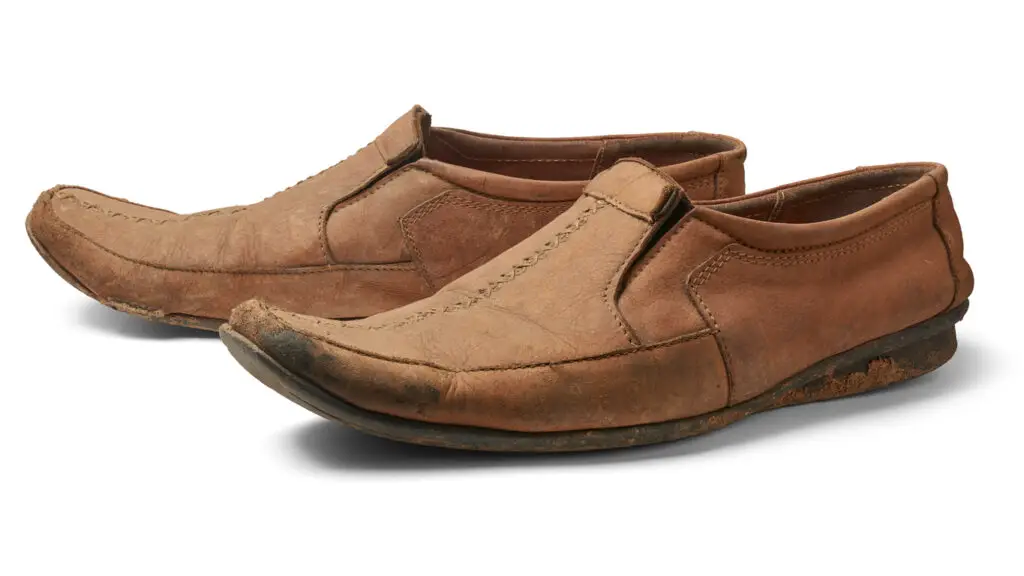
If you were looking for the opposite of stylish footwear in the ’70s, Earth Shoes had you covered. These bizarre-looking shoes had a “negative heel” design, meaning the heel was lower than the toes. The idea was that this would improve posture and promote better health, but in reality, they just made people walk funny. They were clunky, unattractive, and looked more like something a medieval peasant might wear than a trendy fashion statement. Yet for a brief moment, they were all the rage, especially among the health-conscious crowd.
Despite the hype, most people eventually realized that walking around with their feet at an unnatural angle wasn’t exactly comfortable. By the end of the decade, Earth Shoes had mostly disappeared, though they’ve made occasional comebacks in the wellness community. Looking back, they were just another example of the ’70s obsession with anything that seemed vaguely “natural” or “scientific.” Thankfully, most of us have moved on to shoes that actually make sense.
9. The 8-Track Tape
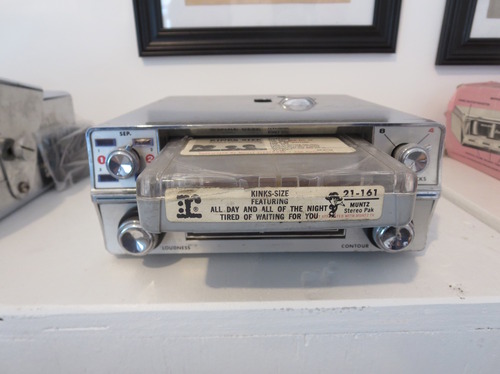
Before cassettes and CDs, music lovers in the ’70s relied on 8-track tapes—a format that, in hindsight, was more trouble than it was worth. These bulky cartridges were supposed to be the future of music, but they had a habit of randomly switching tracks in the middle of a song. If you were grooving to your favorite tune, you’d better hope it didn’t cut off just as it was getting good. Not to mention, the tapes themselves were huge and didn’t exactly fit neatly in a pocket.
Despite their flaws, 8-tracks became wildly popular, especially for car stereos. But as soon as cassettes came along with their smaller size and ability to rewind properly, 8-tracks became obsolete almost overnight. Today, they’re mostly a collector’s item, a reminder of a time when music technology wasn’t quite as convenient as we thought it was. It’s safe to say no one is clamoring for an 8-track revival.
10. Tanning with Baby Oil

Before people fully understood the dangers of excessive sun exposure, the ’70s were all about getting the deepest tan possible. Instead of using sunscreen, many people slathered themselves in baby oil and laid out in the sun for hours. The idea was that the oil would help “fry” the skin faster, resulting in that coveted bronze glow. Unfortunately, it also resulted in a lot of painful sunburns—and long-term skin damage. People were basically roasting themselves like human rotisserie chickens without a second thought.
These days, we know better (or at least, most of us do), and sunscreen is a must-have for any beach day. Looking back, it’s wild to think that people willingly turned themselves into sun magnets without any concern for wrinkles or skin cancer. But in the ’70s, the goal was to look like you’d just spent a month on a tropical island, no matter the cost. Let’s just say, modern self-tanners exist for a reason.
11. Clackers
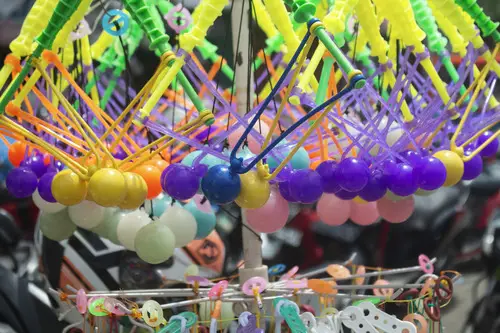
Clackers were the ultimate playground toy—until kids started landing in the emergency room. These simple toys consisted of two hard acrylic balls attached to a string that you swung up and down to make them “clack” together. The goal was to get them moving fast, which seemed like harmless fun—until they started shattering on impact. Turns out, swinging two solid balls together at high speeds wasn’t the safest idea, and broken shards of plastic became a real hazard.
Despite the danger, clackers remained popular for a while, mostly because kids loved anything that made noise and annoyed adults. Eventually, safety concerns led to their decline, with newer versions made of softer plastic. But if you were a kid in the ’70s, you probably remember the thrill of mastering the perfect rhythm—just hopefully without any battle scars.
12. Shag Carpeting
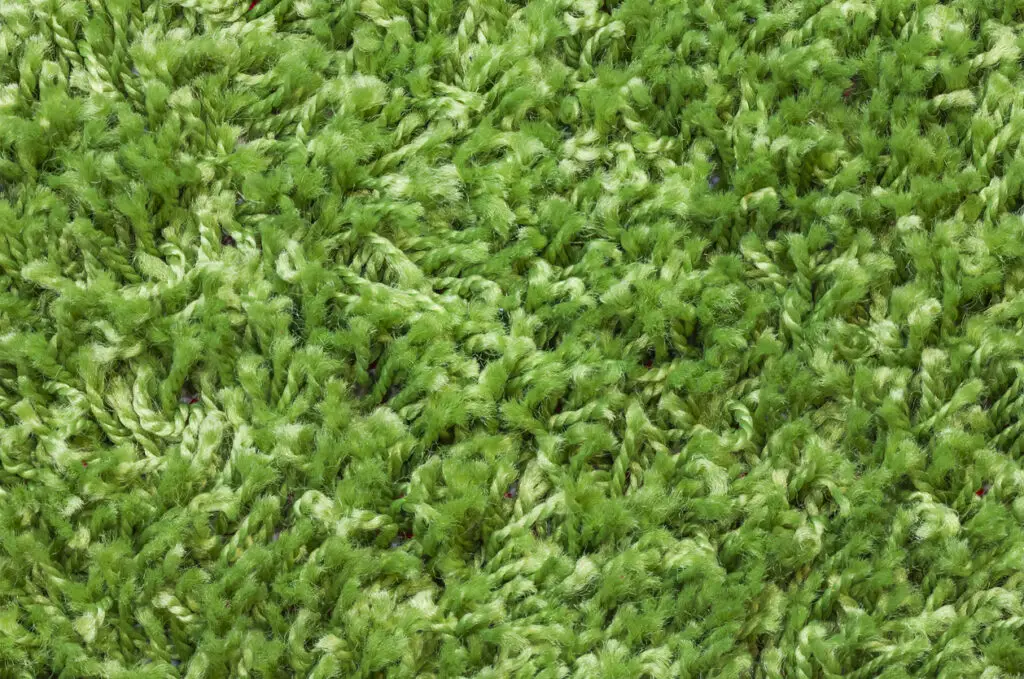
If the ’70s had an official flooring choice, it would be shag carpeting. Thick, fluffy, and usually found in loud colors like avocado green or burnt orange, shag carpet was everywhere. Homeowners loved how soft and cozy it felt underfoot, but they quickly learned the downside: it was nearly impossible to keep clean. Every crumb, pet hair, and dust particle got trapped in those deep fibers, turning it into a nightmare for anyone with allergies.
Vacuuming a shag carpet felt like trying to clean a jungle floor, and spills were practically permanent. Despite its impracticality, it somehow became a symbol of stylish home décor in the ’70s. By the time the ’80s rolled around, people were ready to rip it all out in favor of something a little more manageable. Today, shag carpet mostly exists in retro-themed rooms or ironic design choices.
13. Avocado Green Appliances

For some reason, the ’70s decided that every kitchen needed to look like an avocado exploded in it. Avocado green refrigerators, stoves, and dishwashers were considered peak home design, often paired with mustard yellow for extra “style.” At the time, these earthy tones were meant to feel warm and inviting, but in hindsight, they just made kitchens look perpetually outdated. It’s hard to imagine anyone looking at a giant green refrigerator today and thinking it’s a good idea.
The trend lasted longer than it should have, and by the ’80s, homeowners were desperate to update their kitchens. While some vintage lovers appreciate the retro charm, most people prefer their appliances in more neutral tones these days. Still, if you walk into an older home and see an avocado green oven, you’ll know exactly which decade it came from. It’s proof that not all design trends age gracefully.
14. Sea Monkeys
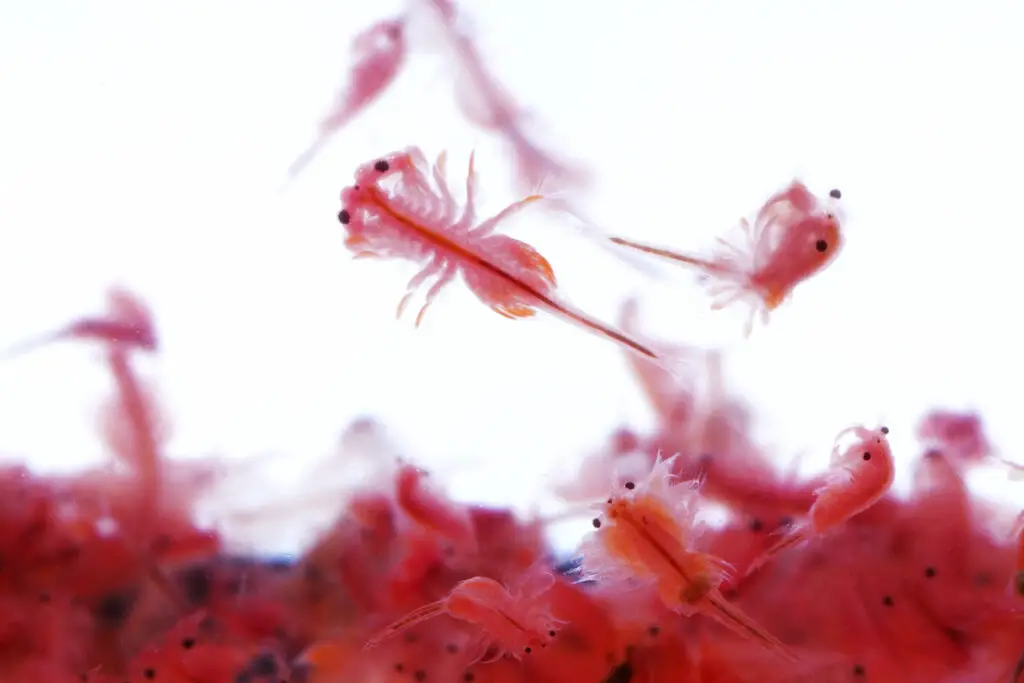
Sea Monkeys were marketed as magical, instant pets, but in reality, they were just tiny brine shrimp. That didn’t stop millions of kids from begging their parents for a little plastic tank filled with what looked like magic dust. The ads made it seem like you’d be getting adorable, smiling creatures that would interact with you. Instead, you got barely visible, wiggly little shrimp that weren’t exactly the exciting companions you imagined.
Despite the disappointment, Sea Monkeys remained a big deal throughout the ’70s, mostly because kids kept falling for the clever marketing. They’re still around today, though most people recognize them for what they really are—just glorified fish food. But for anyone who grew up in the ’70s, they’ll always be remembered as one of the strangest pet fads of all time.
